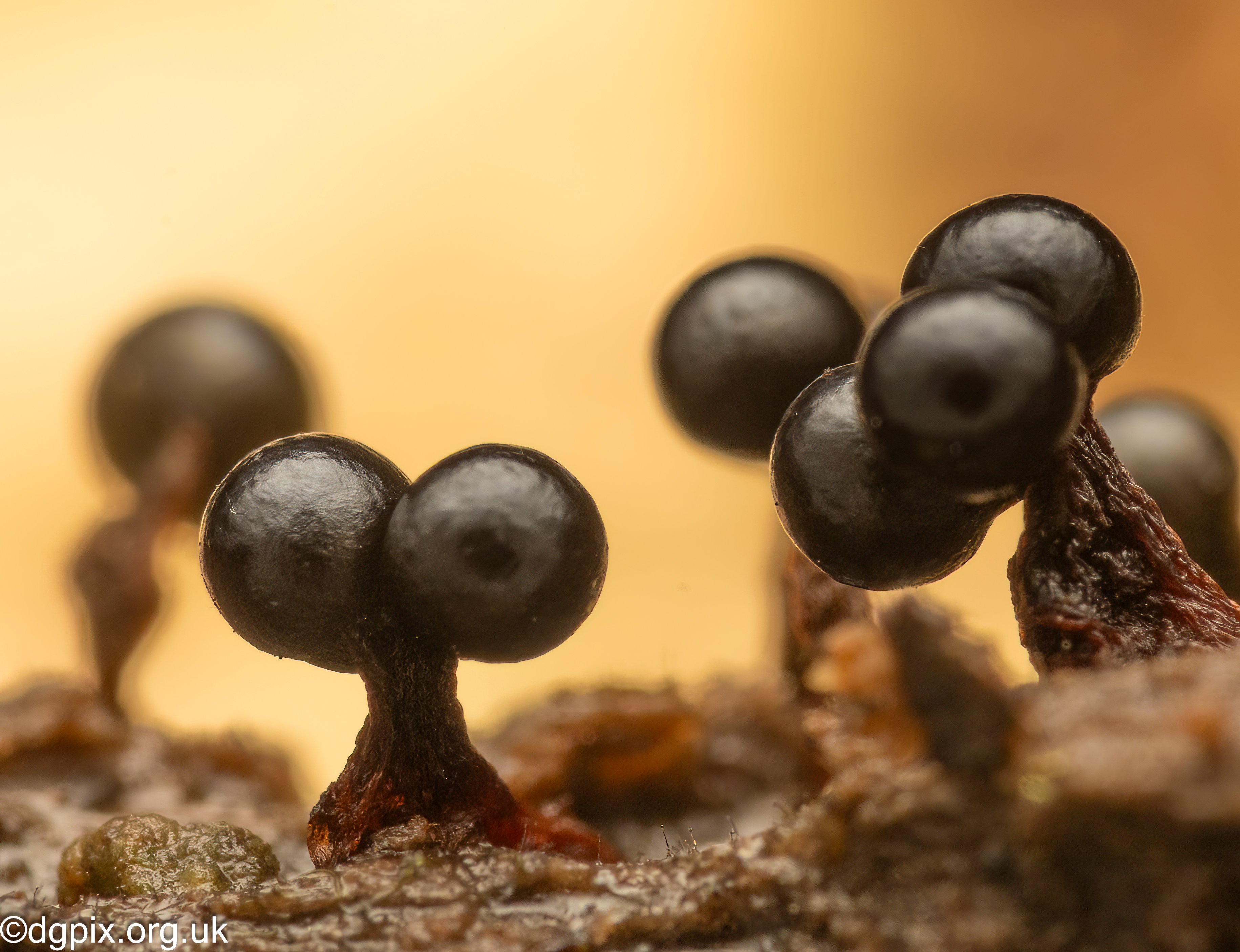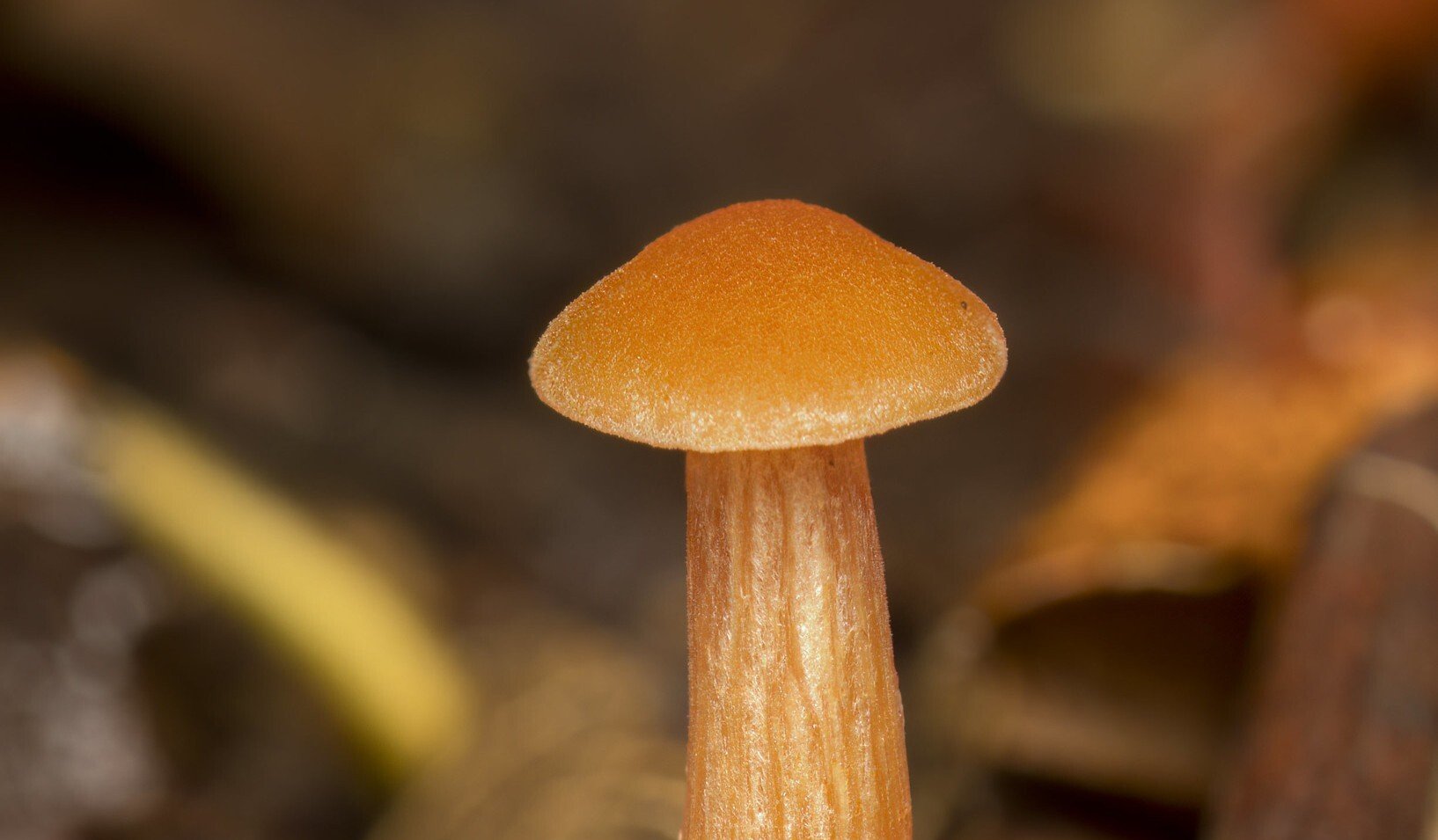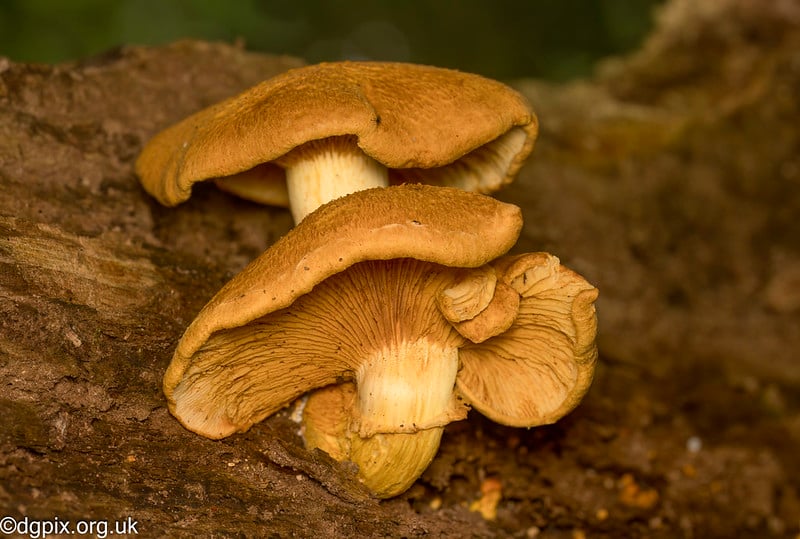
Fungi & Slime Moulds
Recording fungi for conservation is essential to understanding their ecological roles, tracking biodiversity changes, and identifying species at risk. Spore morphology, hyphal structures, and reproductive cells often hold the key to distinguishing species. By using a microscope, conservationists can document fungal diversity, contribute to species databases, and detect environmental shifts that impact fungal populations. This detailed recording supports habitat protection efforts and informs broader ecological studies, ensuring fungi receive the recognition they deserve in conservation work.
Microscopy in Mycology
Unlocking the Hidden World of Fungi
Microscopy reveals intricate details of fungi that are invisible to the naked eye. From spore morphology to cellular structures, this technique enhances identification accuracy and deepens our understanding of fungal diversity. Whether you’re an amateur naturalist or an experienced mycologist, learning the fundamentals of fungal microscopy opens new doors in species identification.
Here at DGPix we use a compound microscope with different cameras to capture the details required for identification. This also allows us to measure the details in a calibrated and accurate setting.
Why Use Microscopy for Fungal Identification?
🔬 Spore Analysis – Size, shape, ornamentation, and color provide valuable clues
🔬 Cell Structures – Hyphae types, clamp connections, and cystidia aid classification
🔬 Reproductive Features – Examining asci, basidia, and conidia refines taxonomy
🔬 Hidden Details – Staining and contrast techniques uncover key diagnostic traits
A sample of spore, basidia, ascii and cystidia imagery through a microscope







Laccaria laccata
Laccaria laccata - The Deceiver - from a local woodland under the microscope to show identifying features such as spores

Entomphthora muscae
Entomphthora muscae in a yellow dung fly with associated microscopy to show resting spore and conidia

Gymnopilus junonius
Analysis of the Gymnopilus junonius, or Spectacular Rustgill mushroom, a saprobic fungus found in deciduous decaying wood
.jpg?width=2815&height=2215&name=Favolaschia%20calocera%20(7).jpg)
Favolaschia calocera
Discover how this intriguing non-native fungus is spreading in our woods, learn how to identify it, and find out which microscopic features to look for during analysis.

Spinellus fusiger
Discover this mycoparasitic fungi found throughout Northern Ireland. Take a closer look under the microscope to learn how this remarkable fungus functions.

Chlorophyllum rhacodes
The striking Shaggy Parasol, and it's distribution in Northern Ireland and what to look for microscopically when identifying this mushroom